India’s human stray dog conflict
In Kerala, India, 21 rabies deaths have been reported in 1 year (as of Sept 2022), including a 12-year-old girl just days ago. Domestic pets and Stray dogs attacked a few men, escalating the situation. In Hyderabad a little boy was killed by 3 stray dogs. People took things into their own hands, and several dogs were poisoned, killed, or even hung brutally. Politicians are pressuring the Government. Govt has sought permission from the Supreme Court to kill dogs. Read an article here and here.
The deaths deeply sadden SAFI. We condemn the killings.
It is proven that Cruel mass killings previously done by municipalities didn’t work. Dogs simply repopulated. Vaccinating & Sterilizing programs were proven to be effective in controlling populations in the long term.
World Health Organization claims India is endemic to rabies accounting for 36% of the world’s deaths. India has around 20,000 rabies deaths a year. Dog bites cause almost all cases of rabies in India. About 30-60% of reported rabies cases and deaths in India occur in children under the age of 15 years as bites that occur in children often go unrecognized and unreported.
World Health Organization collaborated with World Animal Protection publication’s Article 10, and ‘The Rabies Control Order 19’ states sustainable ways to eliminate Rabies.
- Vaccinate 70% of dogs over three months old
- If the percentage of unvaccinated dogs exceeds 30%, return to vaccinate.
- Sterilize 70% of dogs
- Conduct Education seminars in schools and communities.
Goa is India’s first and only state to become Rabies-free for four years. Kudos to Mission Rabies, World Veterinary Services, Goa and Dogstrust International. They proved that achieving 70% vaccination coverage leads to eliminating the disease.
It is not AWBI’s fault that Rabies exists. People are contributing too.
- The craze for ‘breed’ dogs adds to the overpopulation. Abandonment to Rabies.
- Breeders, pet shops, and people don’t sterilize their pets.
- 76% of Dog bites come from adopted dogs.
How can people help?
- Adopt Community dogs and abandoned breed dogs.
- Vaccinate & Sterilize.
- Organize and Donate to Rabies Vaccination Drives
Understand Dod Behavior
- It is not the dog’s nature to attack. Dogs are known for their gentle, friendly, and affectionate demeanor.
- Canine aggression that results in dog bites can have many different causes, including fear, resource guarding, pain, territorial behavior, maternal guarding of puppies, play aggression, and predatory behavior, with fear the most common trigger of aggression.
- People beat, poisoned dogs, threw rocks or acid, and hurt them in other ways. Wouldn’t they defend themselves?
To effectively implement this program, several steps have to be followed. A few important steps are:
-
- Gather data on the Estimated # of dogs sterilized, males, females, and habitat.
- Analyze the importance, constraints, effects, resources, complaints, etc
- Form a dog population management committee
- Implement in compliance with the law.
- Conduct events to adopt community dogs.
- Educate veterinarians and public health workers
- A special infrastructure is required for public education, community programs, sterilization services, enforcement of regulations, and animal trade.
Conduct Rabies Vaccination Drive: An example:
- Stay Animal Foundation of India is conducting a Rabies Day vaccination Drive to vaccinate street dogs in Hyderabad city.
- The vaccination drive not only focuses on dog health but human health as well. Rabies is 99% Fatal and 100% Preventable through vaccination.
- The drive also educates and reminds people what to do if they get bit. As soon as any physical symptoms of the disease appear, it is fatal.
India should focus on evaluating Constraints and solutions for Eliminating Rabies.:
|
Issues in Society |
Solution |
|
The public is unaware of the extent of the problem of the uncontrolled dog population. |
Ask local Press to publish details. |
|
Accommodation for stray dogs is not available. |
Provide local authorities with advice on technical matters. |
|
Insufficient funds for low-cost neutering program. |
Appeal to veterinarians for modified fees. |
|
The harsh environment, poverty, deprivation. |
Education at the school level, enlist assistance from the health authority. |
|
Local and national traditions and habits. |
Consult with local leaders in Government, education, and charities. |
|
Sudden disaster situations. |
Appeal for help on the radio and through the Press. |
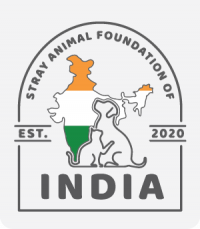

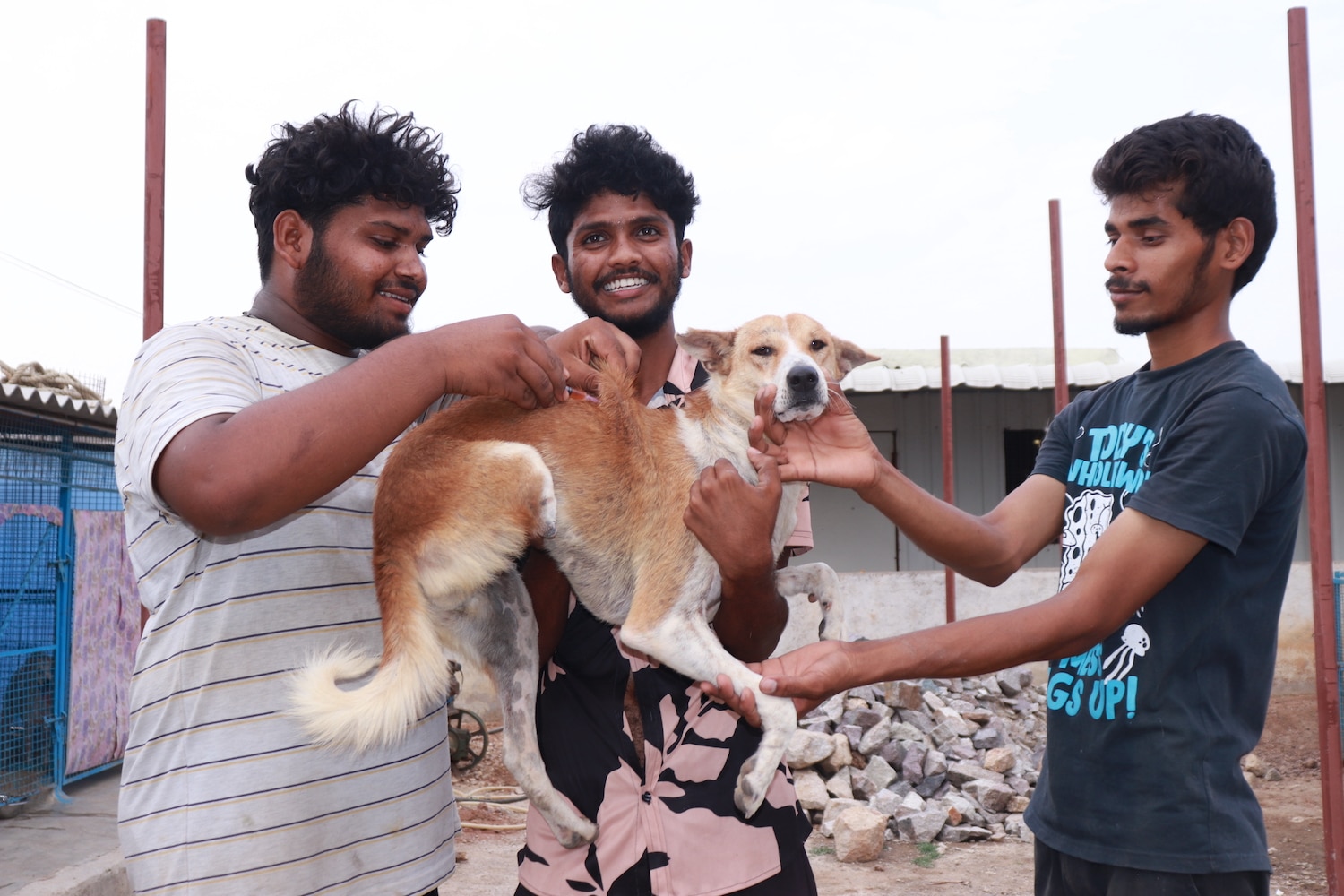

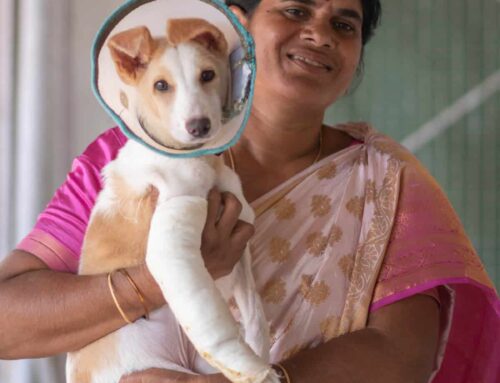
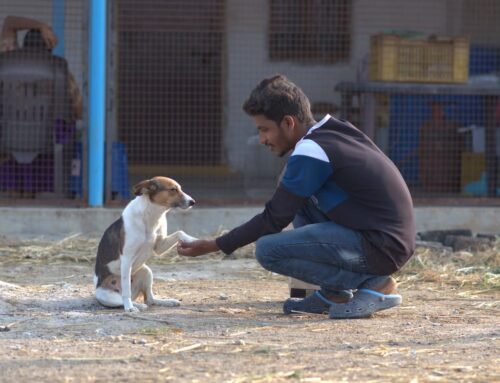
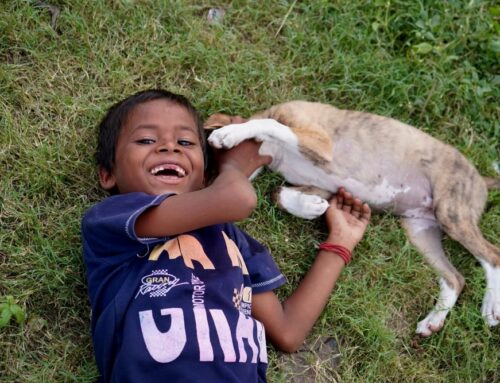




Leave A Comment